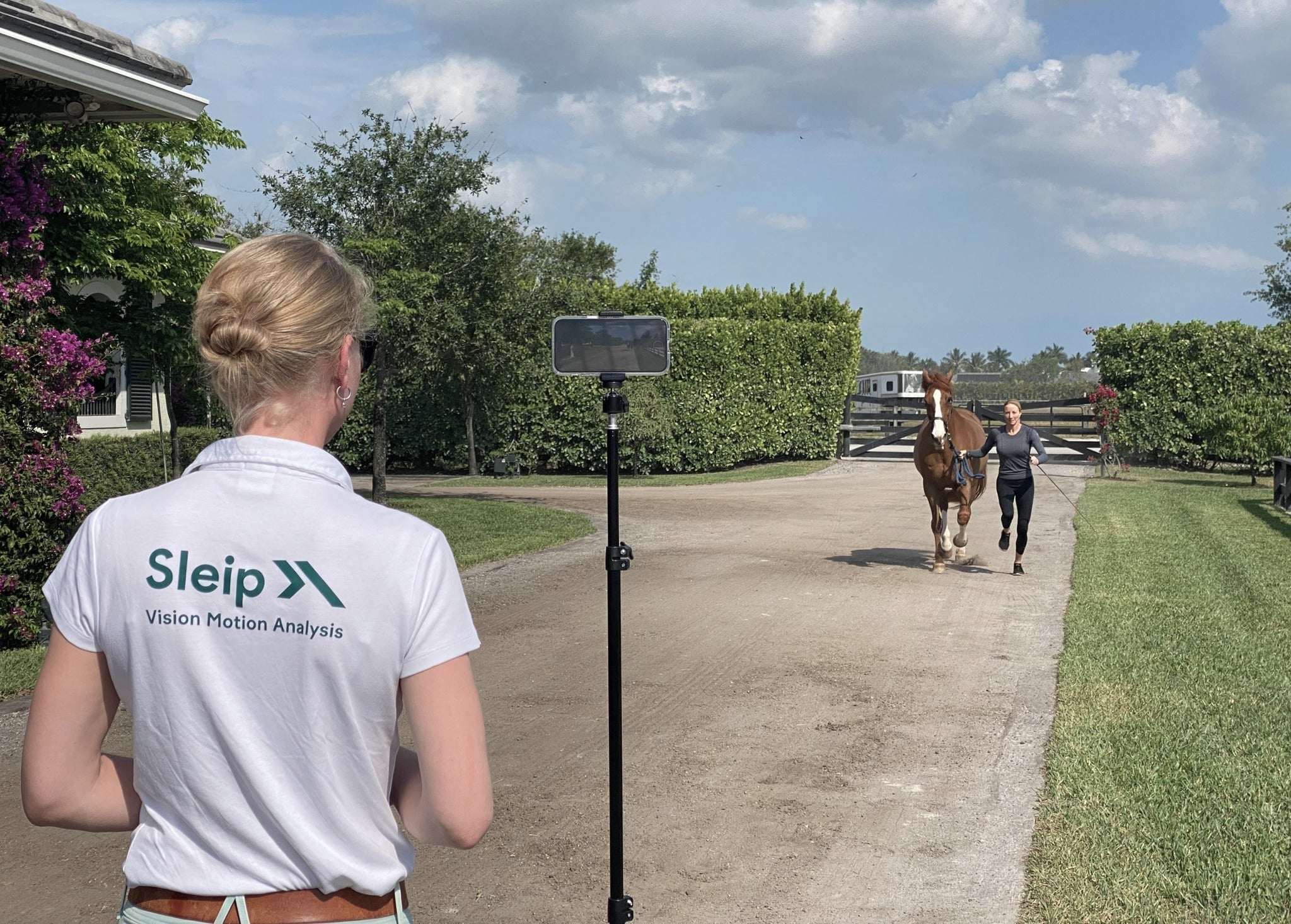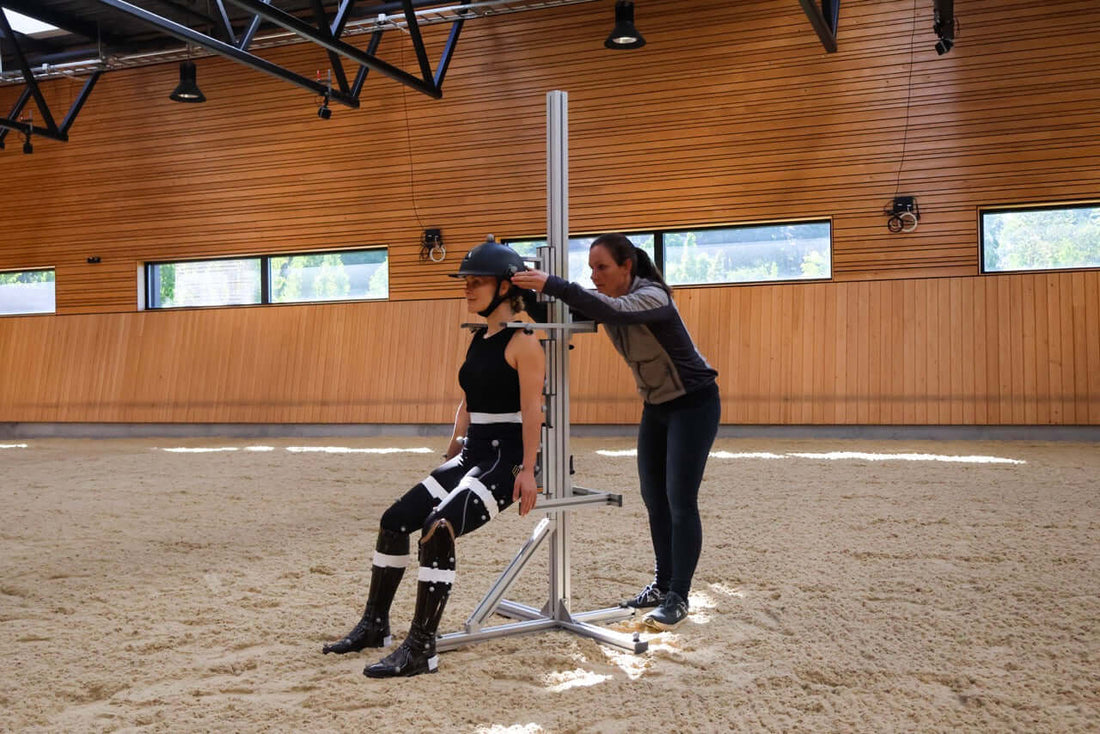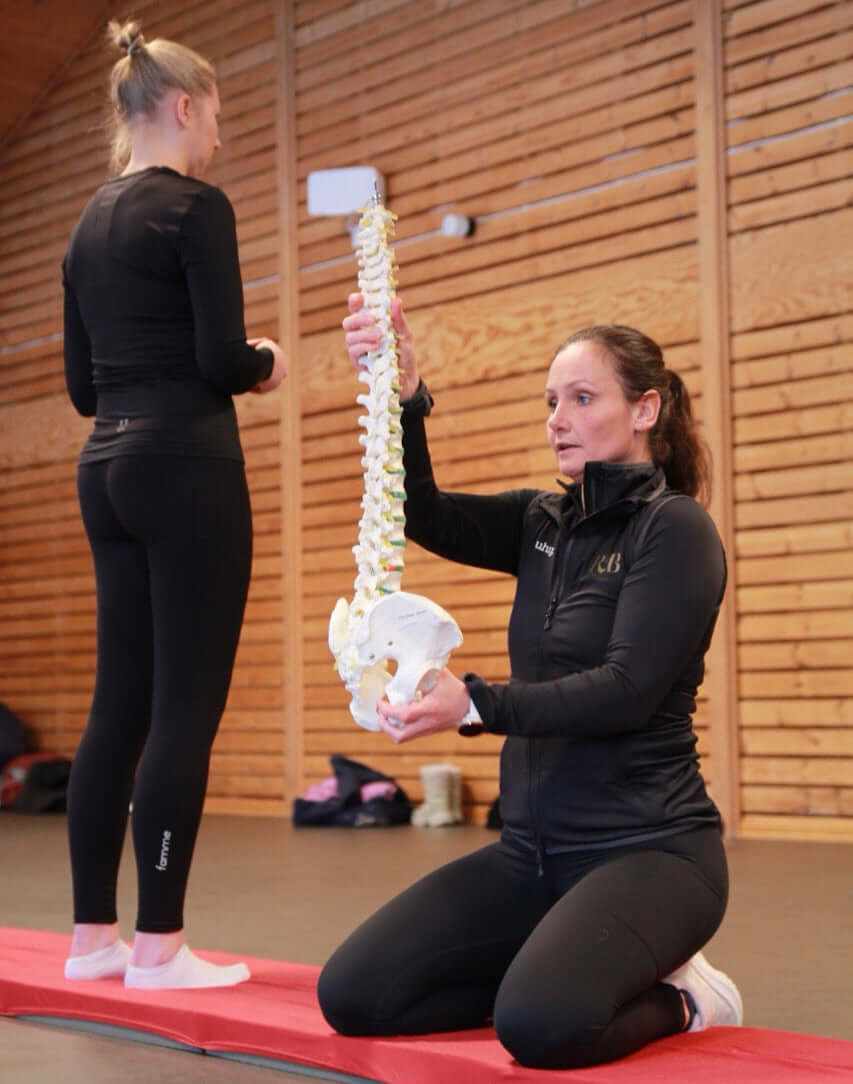Lameness in the hind legs is one of the most common causes of reduced performance in horses, yet it is often difficult to detect – even for experienced veterinarians.
Why is this important?
Veterinarians diagnose lameness, but it is often trainers and instructors who see the horse first. They follow the horse’s development over time and can pick up on subtle changes in movement patterns – if they know what to look for. Early detection is crucial to ensure the horse receives the right treatment in a timely manner.
How the study was conducted
87 trainers and instructors participated in the study. First, they took a test where they watched videos of horses trotting and assessed whether the horse was healthy, or lame on the right or left hind leg. Then, three groups received different feedback through a digital training module for two weeks. Finally, they took the same test again.
Anyone who works with horses – whether as a trainer, instructor, rider or owner – can benefit from training their eye for lameness. It improves horse welfare and reduces the risk of strain injuries. Research confirms how important it is to know what to look for, and that it can be learned with the right tools.
1. You can learn to see lameness – with the right training
The ability to assess lameness was significantly improved in participants who trained with video and simple feedback. Watching the videos in slow motion was particularly effective.
2. Experience is not enough
Neither education, number of years of experience nor how many horses one sees weekly influenced the test results. This means that specific training is more important than general experience.
3. Simple feedback works best
The most effective way to learn was to learn the correct answer and watch the video again at both normal and slow speed – without long explanations. Too much information could actually inhibit learning.



